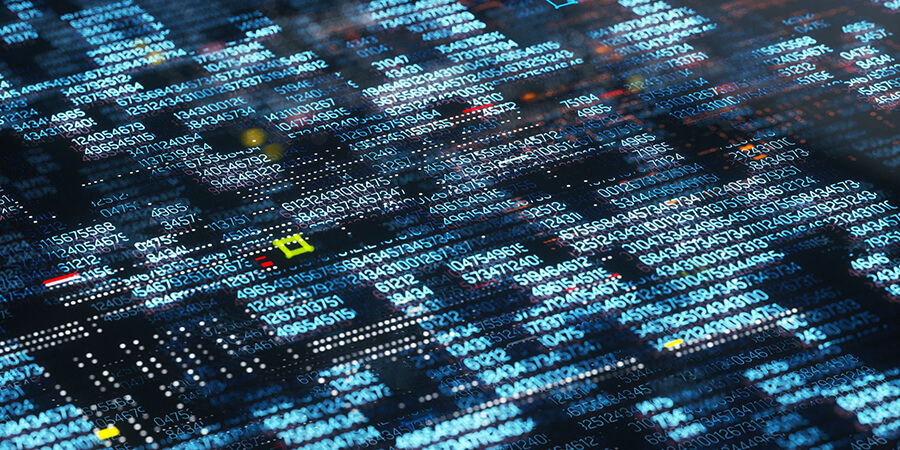Businesses, universities and a wide range of other organizations have been introduced to a new element called the information system, which combines hardware and software with telecommunication networks that people can build to collect, create and distribute useful data. An information system is described as having five components:
The first is the computer hardware. This is the physical technology that works with the information. It can be as small as a pocket-size smartphone or as large as a building-size supercomputer. Hardware also includes the peripheral devices that work with computers, such as keyboards, external disk drives and routers. Further, the sensors that interact with computers are permeating the human environment more each day owing to the Internet of Things, the system through which everything from appliances to cars is able to send and receive data.
The second component is computer software. The hardware needs to know what to do, and that instruction is the role of software. The software can be divided into two types: system software and application software. An operating system, such as Windows or iOS, is the main piece of system software that controls the hardware. The application software type is designed for specific tasks, such as handling a spreadsheet, creating a document or designing a web page.
The third component is the combination of databases and the data warehouse. This is where the “material” that the other components work with resides. Data are the raw facts and figures that are first unorganized but later processed to generate information. The data warehouse is what contains all of the data in whatever form that an organization needs. In addition to organizing and serving data to users, the software manages the physical storage of media and virtual resources. Software cannot function without data, just as hardware cannot function without software. Recently, databases and data warehouses have assumed even greater importance in information systems with the emergence of “big data.”
Human resources and procedures together create the fourth and most important component. This invaluable element is the manpower required to run and manage the system. Ultimately, people are the end users of information systems, procuring information produced for their own benefits, which is the main purpose of information systems in the first place. People are also responsible for developing and operating information systems. Such positions can include systems analysts, computer operators, programmers and other clerical IS personnel, all utilizing a variety of managerial techniques.
The final component is the array of telecommunication networks, including the intranet, the extranet and the internet, servicing a specific area – such as an office or a school – through a local area network (LAN). If the computers are more widely dispersed, the network is called a wide area network (WAN). Connections can be through wires, such as Ethernet cables or fiber optics, or wireless, including Wi-Fi.
Security Challenge
In recent years, smartphones have become capable of providing web technology and user experiences comparable to desktop computers. Security and privacy concerns for mobile devices are challenging or even surpassing similar traditional concerns for laptop computers, as mobile devices are even more mobile by nature and are less likely to be managed by an organization as well. In order to ensure this particular level of security, at a minimum, it is necessary to provide the following services:
- Authorization: An act of determining whether an authenticated entity has the right to execute an action.
- Auditing: An audit service to provide the history of actions that can then be used to identify what went wrong, when it went wrong and why.
- Physical authentication: Some form of authentication, such as a key or a smart card, or a personal characteristic like a fingerprint, retinal pattern or hand geometry.
- Data confidentiality: The encryption of data to protect against data disclosure while in transit.
Information Systems vs. Information Technology
Information systems incorporate the technology, people and processes involved with information, while information technology refers to the design and implementation of information, or data, within an information system.
Although both information systems and information technology will involve working with others, IS professionals are typically more integrated into using technology and other systems to accomplish business objectives. Despite serving an important role in the overall organization, IT professionals are more interested in hardware and software.
Information systems have become as universal in our daily business activities as human resource management or any other major business functions. Successful information systems are a critical component of a successful business. A successful information system consists of the correct technologies, tools, methodologies, processes and people. If any of these pieces are missing, the information system is incomplete.
